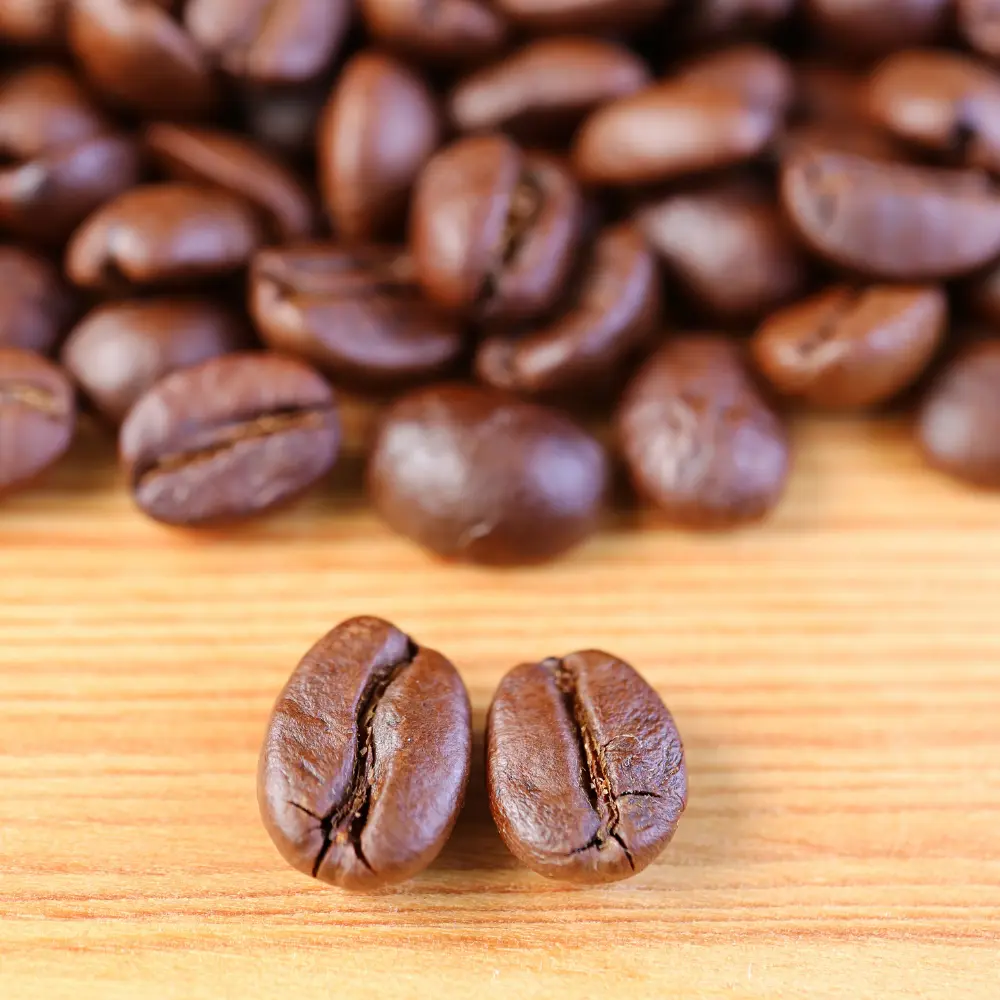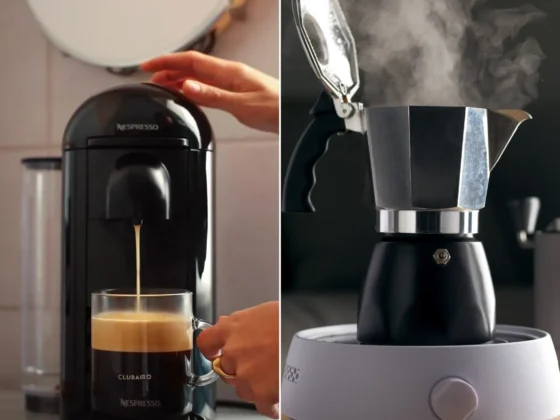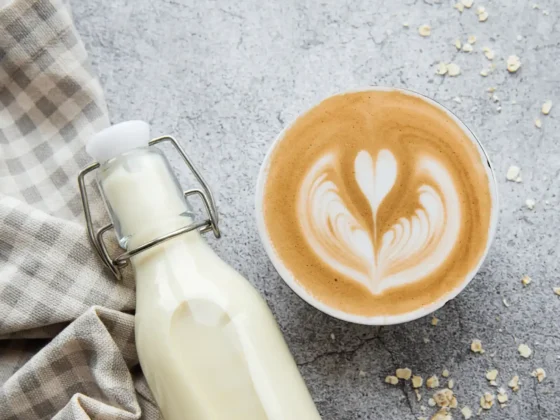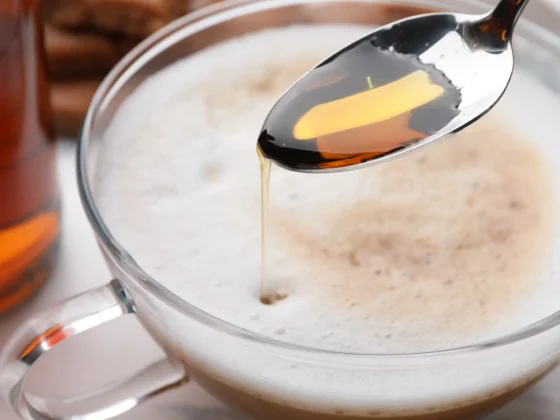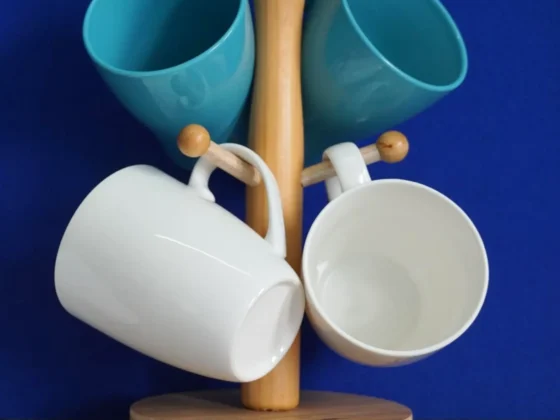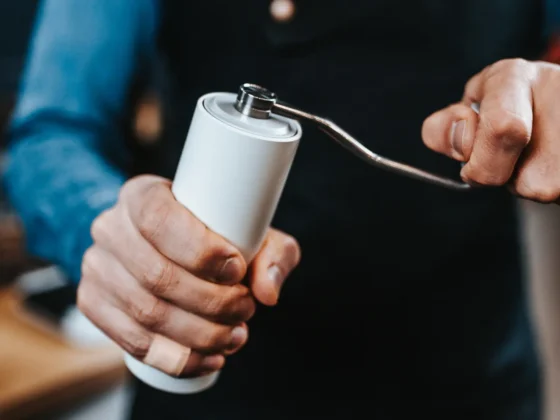A steaming cup of coffee, a morning ritual for countless individuals worldwide, is more than just a quick pick-me-up. It’s a craft, an art, and a symphony of aroma and flavor that, when done right, can elevate a simple moment into a sensory experience. But what is at the heart of this experience? What transforms coffee beans into the invigorating beverage we all adore? The answer lies in understanding the essence of ground coffee.
Ground coffee is where the magic begins. It’s the result of transforming whole coffee beans into smaller pieces, a crucial step that unlocks the flavors and aromas trapped inside the beans. If you’ve ever pondered over “what is ground coffee?”, you’re not alone. To truly appreciate the craft that goes into your favorite cup of Joe, it’s essential to delve into the world of grounded coffee and comprehend its profound influence on your brew.
In this comprehensive resource, we will embark on a journey through the history, science, and artistry behind this coffee. We’ll reveal why the grind size matters and how it can shape your coffee experience. From the perfect grind for an espresso shot to find out how much coffee grounds for 12 cups is needed, this guide is set to transform your understanding of coffee, one grind at a time. Welcome to the enlightening world of this beverage. Let’s embark on this aromatic journey together.
What is Ground Coffee: Key Takeaway
- Ground coffee has a rich history: From its early origins to its present status as a global phenomenon, the journey of coffee has been entwined with cultural evolution and global trade.
- Grind size matters: The size of your coffee grounds can significantly influence the taste of your coffee. Whether it’s coarse grounds for a French press or fine ones for espresso, mastering the art of coffee grinding can enhance your coffee experience.
- Freshness is paramount: Ground coffee undergoes a process called degassing after roasting, which can influence its freshness. Storing your coffee correctly is vital to maintain its flavor profile and aroma.
- Brewing methods vary with grind size: Understanding the correlation between the brewing method and grind size can help you create the perfect cup of coffee. Whether it’s a French press, espresso, or pour-over brew, the grind size plays a key role in determining the outcome.
- Ground coffee brands offer a range of experiences: From Starbucks’ Caffè Verona dark roast to Kauai Hawaiian’s medium roast, the world of this coffee offers an array of experiences to cater to various taste preferences. Understanding the unique attributes of different brands can help you choose the best ground coffee for your taste palette.
The Art of Coffee Grinding
Coffee grinding is an art form that plays a crucial role in determining the taste and quality of your brew. It’s not just about transforming coffee beans into a usable form; it’s about unlocking the complex flavors and aromas that lie within the beans. This intricate process is influenced by a variety of factors, from the grind size to the type of grinder used.
Understanding Different Grind Sizes
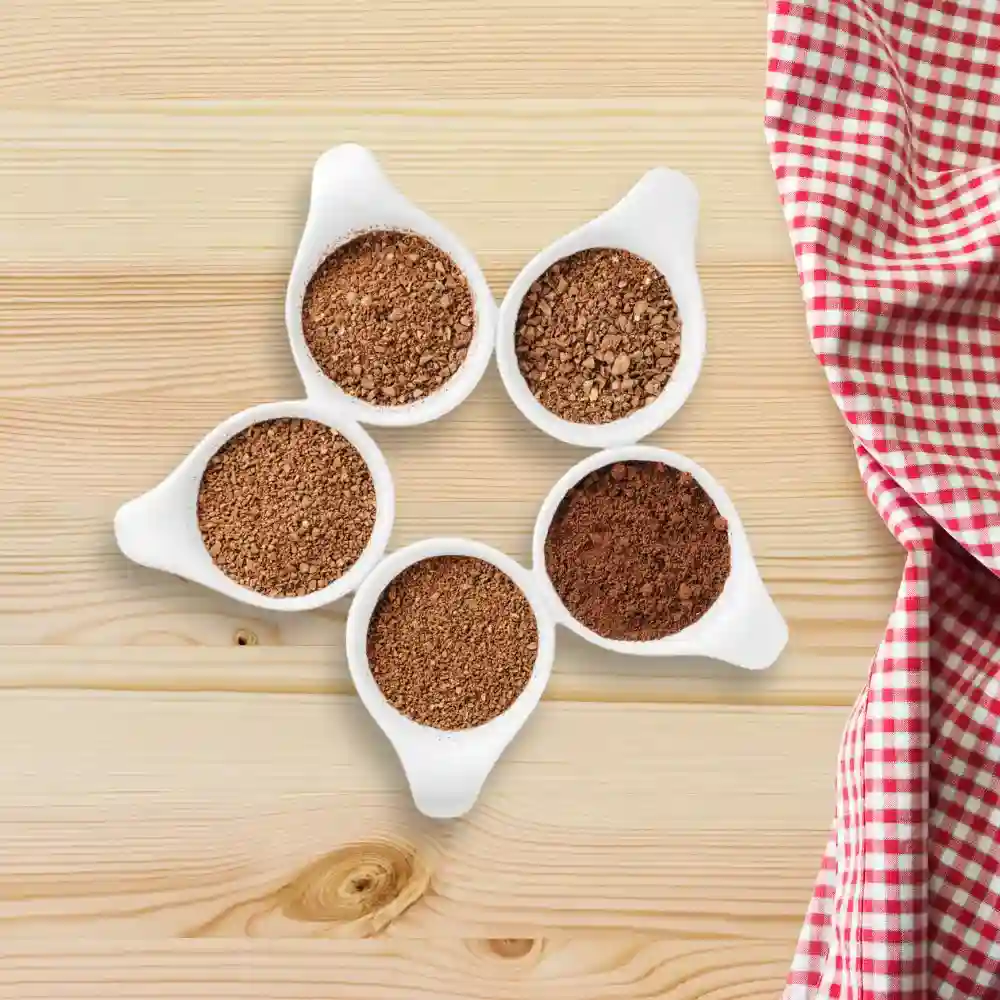
When it comes to grounded coffee, the size truly does matter. There are several grind sizes, each yielding a different flavor profile and suited for specific brewing methods. Here’s a brief overview:
- Coarse Grind: This is a chunky grind, similar to sea salt in size. It’s often used in French presses and percolators, as it allows for a slower extraction time which is optimal for these methods.
- Medium Grind: With a texture resembling sand, the medium grind is versatile and works well with various brewing methods, including drip machines and pour-overs.
- Fine Grind: This grind is finer than table salt and is commonly used for espresso machines and stovetop Moka pots, which require quick and efficient extraction.
- Extra Fine Grind: Almost powdery, this grind is used mainly for brewing Turkish coffee, where it’s boiled rather than brewed, creating a robust and distinct flavor.
Understanding the coffee grind size and matching it to your brewing method is the first step in mastering the art of coffee making.
The Impact of Grind Size on Coffee Flavor
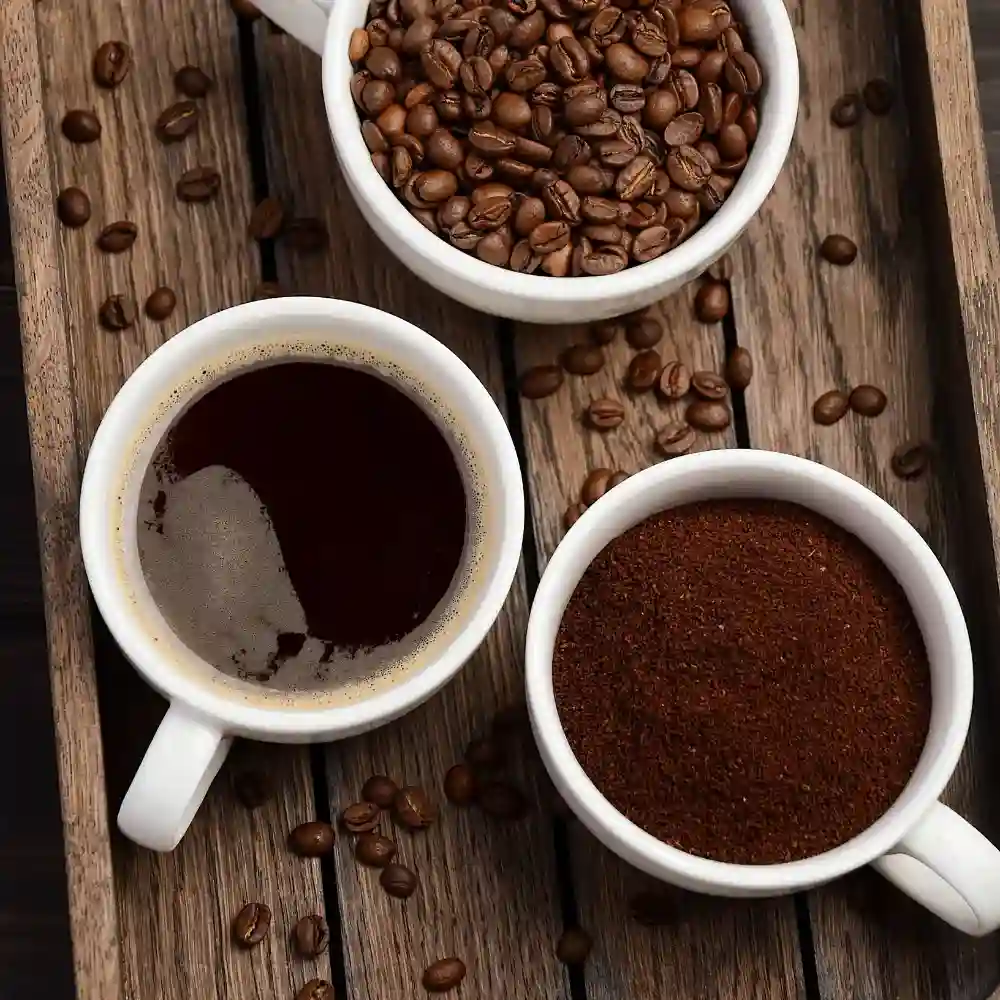
The flavor extraction during brewing is highly influenced by the grind size. In essence, the finer the grind, the more surface area is exposed to water, and thus, more flavors and oils can be extracted quickly.
On the flip side, a coarser grind has less surface area and requires a longer extraction time to release the flavors. This characteristic is why it’s crucial to pair the correct grind size with your brewing method. For instance, a French press needs a coarse grind, allowing for a slower, more gentle extraction, while an espresso machine needs a fine grind for fast and intense extraction.
Understanding this balance can significantly improve the taste of your coffee, allowing you to achieve the perfect cup every time.
Choosing the Right Coffee Grinder

When it comes to grinding your coffee, the right tool can make all the difference. A burr coffee grinder is often considered the gold standard for home brewing. Unlike blade grinders, which chop beans inconsistently, burr grinders provide a uniform grind and allow you to adjust the grind size, offering greater control over your coffee’s flavor profile.
Additionally, burr grinders generate less heat during the grinding process, preserving the beans’ aromatic oils and ensuring a fresh, flavorful brew. While a bit more of an investment than blade grinders, burr grinders can significantly enhance your coffee experience, making them a worthwhile addition to any coffee lover’s arsenal.
By taking the time to understand the art of coffee grinding, you open yourself up to a whole new world of flavors and experiences, elevating your coffee game to the next level.
An Aromatic Journey: The History of Ground Coffee
The journey of coffee, from being a wild plant in the Ethiopian highlands to becoming one of the most consumed beverages worldwide, is steeped in rich history and fascinating cultural shifts. To understand how ground coffee came to be a vital part of our modern-day coffee rituals, it’s essential to journey back in time.
The Birth of Coffee and its Evolution
The story of coffee starts with an Ethiopian legend. It’s said that a goat herder named Kaldi noticed his goats behaving peculiarly after consuming the red berries of a certain bush. Intrigued, Kaldi tried these berries himself, feeling an unexpected surge of energy. (1)
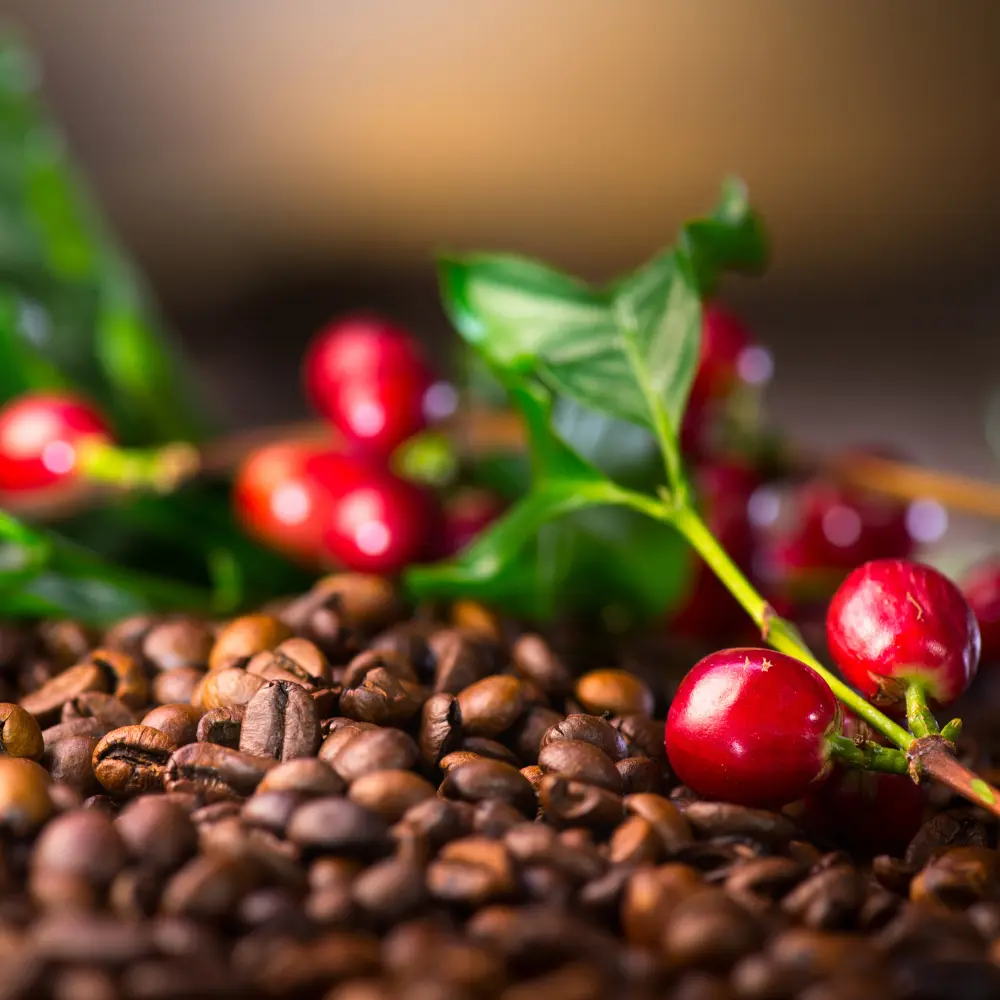
By the 15th century, coffee had traveled to Yemen, where Sufi monks brewed the beverage to stay awake during nighttime prayers. Coffee cultivation spread across the Arabian Peninsula, and by the 16th century, it had reached Persia, Egypt, and Turkey, gaining fame as the ‘wine of Araby.’
The 17th century saw coffee’s introduction to Europe. At first, met with suspicion, coffee soon won over the masses with its unique aroma and invigorating properties. Coffee houses, or ‘penny universities,’ became popular gathering places, fostering a culture of discussion, learning, and social interaction. (2)
The Introduction of Coffee Grinding
While the act of brewing coffee was well established in many cultures, the process was often rudimentary, involving boiling whole coffee beans. The introduction of grinding coffee beans is believed to have occurred in the Middle East, with the objective of extracting coffee flavors more efficiently.

The first coffee grinders were likely simple stone mortar and pestle arrangements. However, by the 15th century, as coffee’s popularity grew, so did the need for more efficient grinding methods. This demand led to the invention of hand-cranked grinders, an innovation that significantly impacted the world of coffee. These devices made it possible to produce the grounded coffee we’re familiar with today, leading to a more consistent and richer coffee flavor.
Ground Coffee: A Global Phenomenon
As the love for coffee swept across continents, so did the appreciation for the art of grinding coffee. Ground coffee was exported worldwide, with each culture adopting and adapting it to their unique tastes and brewing methods.
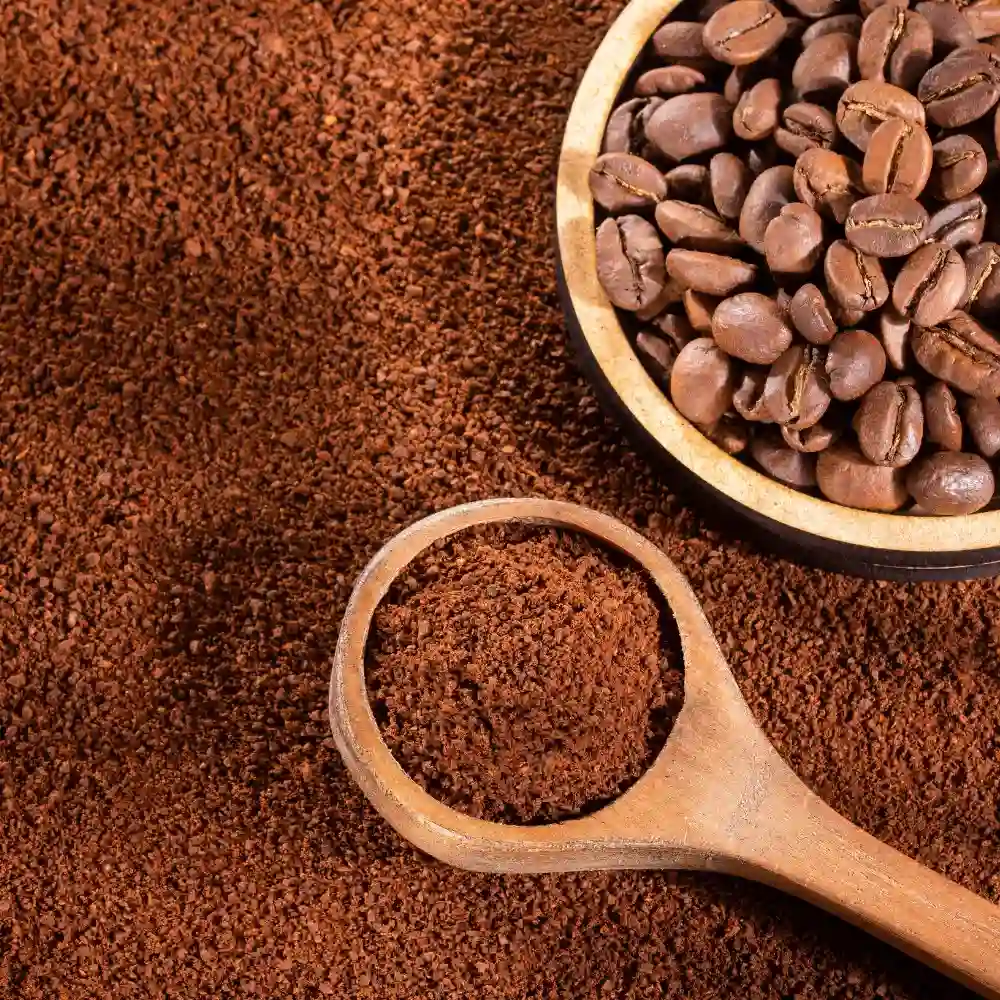
By the 19th century, coffee had arrived in the New World, taking root in Latin American countries, and now some of the world’s top coffee producers. Innovations in grinding technology, such as electric grinders and automated machines, made it easier than ever for households to enjoy fresh coffee.
In the present day, ground coffee is a global phenomenon, playing a central role in our everyday coffee experiences. From the humble home brewer to the skilled barista, this beverage continues to delight and invigorate, one cup at a time. This aromatic journey of grounded coffee, spanning centuries and continents, highlights our enduring relationship with this cherished beverage.
The Science Behind Ground Coffee
While coffee brewing is often viewed as an art, there’s a fascinating realm of science at play behind every cup of coffee. Understanding the chemistry and physics of coffee, from the roasting process to degassing and freshness, can illuminate why we make certain choices in brewing and storage and ultimately enhance our coffee experience.
Chemistry of Coffee: From Bean to Cup
The coffee bean is a biochemical treasure trove. When the bean is ground, the cell walls are broken down, releasing a complex blend of aromatic compounds, oils, and acids, which all contribute to the flavor of the brew.
When hot water interacts with ground coffee, a process known as extraction begins. The water dissolves the soluble flavors within the coffee grounds, resulting in the beverage we enjoy. However, not all compounds extract at the same rate. The initial extraction yields acidic, sweet, and aromatic compounds, while the latter stages introduce heavier, bitter compounds. The balance of these elements shapes the coffee’s overall flavor.
A vital part of this process is coffee degassing or the release of carbon dioxide from coffee beans. When coffee is roasted, CO2 gets trapped within the beans. Some of this gas is released (or degasses) immediately after roasting, but some remain within the beans. Once the beans are ground, this gas is rapidly released, which can prevent water from interacting effectively with the coffee grounds if brewing happens too soon after grinding.
How Roasting Influences Ground Coffee
Roasting is a transformative process that turns green coffee beans into the aromatic, brown beans we’re familiar with. The roasting process induces a series of chemical reactions within the bean known as the Maillard reaction and caramelization. These reactions result in the development of hundreds of compounds contributing to the flavor, color, and aroma of coffee.
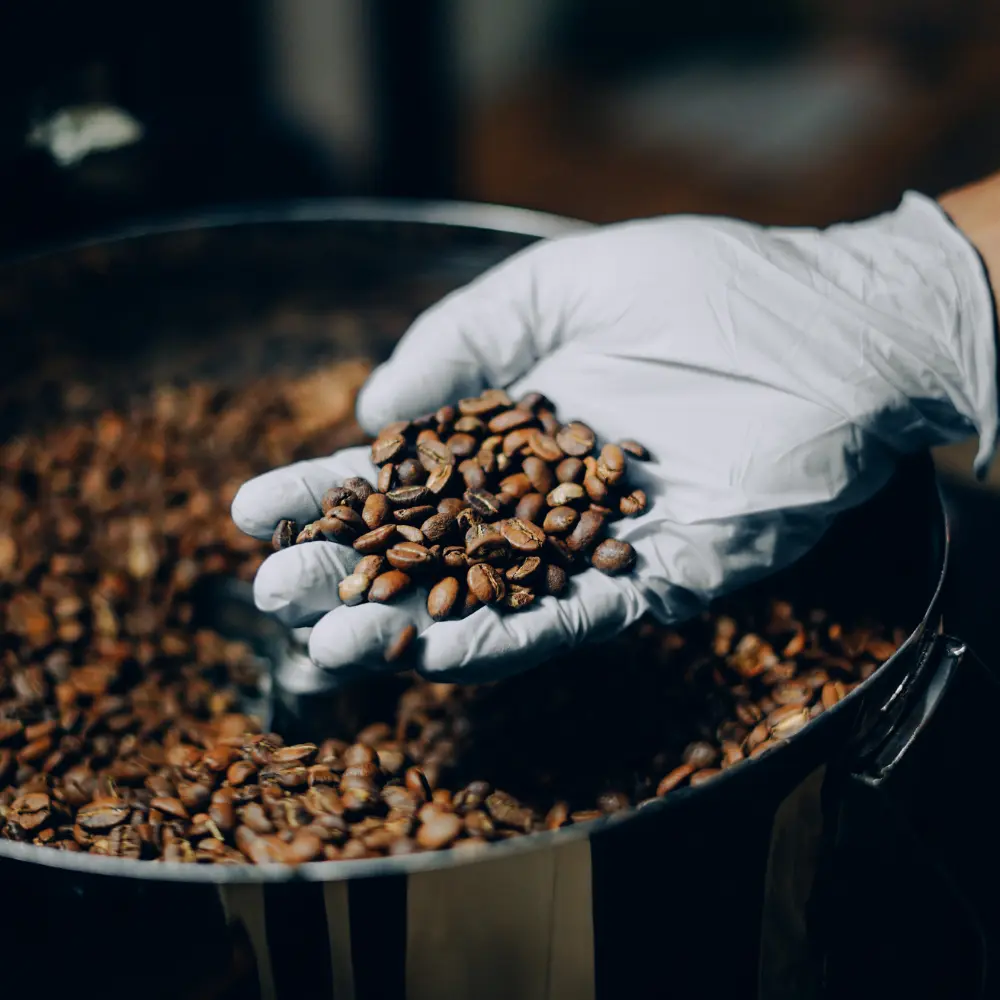
The roast level has a significant impact on the coffee’s flavor profile. Light roasts tend to preserve more of the bean’s original flavors, offering bright, acidic notes. Dark roasts, on the other hand, exhibit a fuller body and stronger flavors influenced by the roasting process, often with smoky or chocolatey notes.
The Effect of Freshness on Ground Coffee
Freshness plays an integral role in the quality of your brew. Once the coffee is ground, the increased surface area accelerates the oxidation process, leading to a decline in flavor over time. Oxidation can cause your coffee to become stale, losing the vibrant flavors and aromas that make coffee enjoyable.
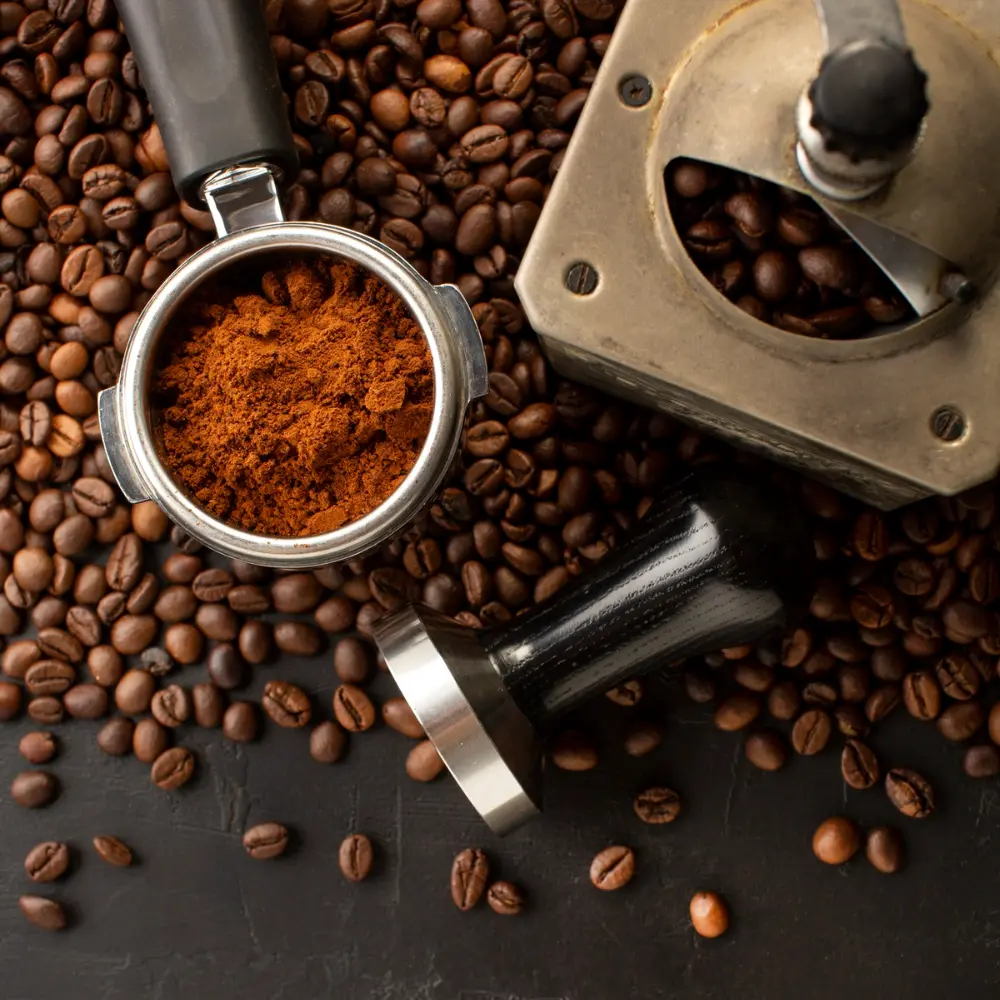
So, how to store ground coffee to maintain its freshness? The best way to preserve this coffee is by storing it in an airtight container, away from light, heat, and moisture, which can accelerate deterioration. Some also prefer to freeze their coffee, but this method requires careful handling to avoid introducing moisture to the grounds.
Ultimately, understanding the science behind this beverage, from the chemistry of extraction to the art of preservation, can provide new perspectives on this daily ritual and lead to a more delicious cup of coffee.
Ground Coffee Brewing Methods Explored
In the world of coffee, there are numerous brewing methods, each with its unique requirements for this coffee. The choice of brewing method and the corresponding grind size can significantly influence the final cup’s flavor, body, and overall experience. In this section, we’ll explore some of the most popular brewing methods – French Press, Espresso, and Pour Over/Drip Brew – and the types of grind best suited for each.
French Press: Coarse Grind Perfection

The French Press, a beloved coffee maker known for its simplicity and ability to brew a robust, flavorful cup, pairs ideally with a coarse grind.
When you use a French Press, you steep the coffee grounds in hot water for several minutes before pressing the plunger to separate the grounds from the liquid. This brewing method allows the water and coffee to interact freely, extracting a wide range of flavors from the grounds.
Here are some steps for brewing with a French Press:
- Start with a clean French Press coffee maker. Any residual oils or grounds from previous brews can impact the flavor of your coffee.
- For each cup of water, use 1 to 2 tablespoons of coarsely grounded coffee, depending on your taste preference. If you’re brewing for a crowd, you may wonder, “how much coffee grounds for 12 cups?” A good rule of thumb would be 12 to 24 tablespoons.
- Pour hot water (not boiling) over the grounds, ensuring all of them are fully immersed.
- Steep the coffee for 4 minutes, then press the plunger down slowly and evenly to separate the grounds from the brew.
- With a French Press, the coarse grind allows for a slower, full-bodied extraction, giving you a rich, deeply flavored cup of coffee.
Espresso and the Fine Grind
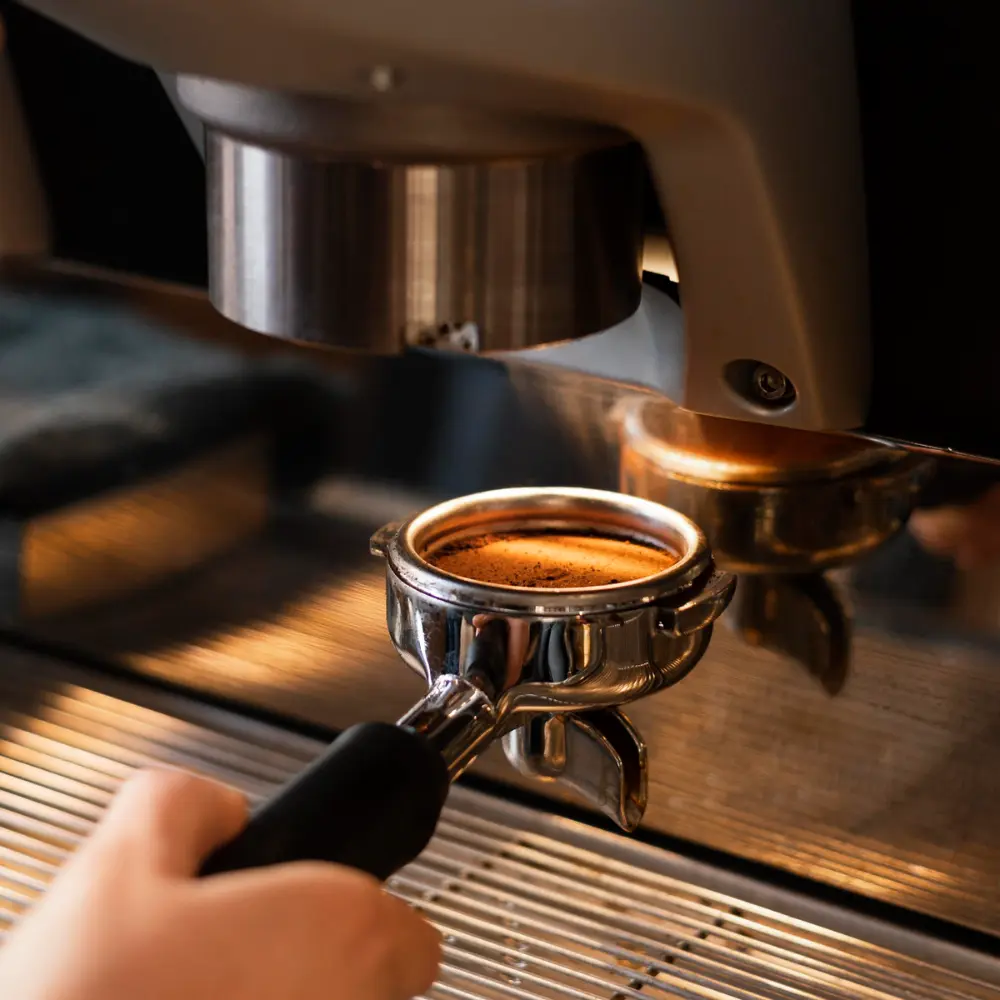
The espresso, a highly concentrated coffee brew that forms the base for lattes, cappuccinos, and other coffeehouse favorites, requires a fine grind.
An espresso machine works by forcing hot water through tightly packed, finely ground coffee at high pressure. This process extracts a wide range of flavors very quickly, resulting in a bold, intense shot of coffee.
To make a good espresso:
- Start with freshly ground coffee. A fine grind is essential to slow the water flow and maximize flavor extraction.
- Tamp (press) the grounds evenly into the portafilter to ensure uniform extraction.
- The perfect espresso shot usually takes about 25-30 seconds to brew. If it’s too fast, your grind may be too coarse. If it’s too slow, your grind may be too fine.
- The espresso brewing method showcases the intricate flavors and aromas that can be achieved from finely ground coffee.
Pour Over and Drip Brew: The Versatility of Medium Grind
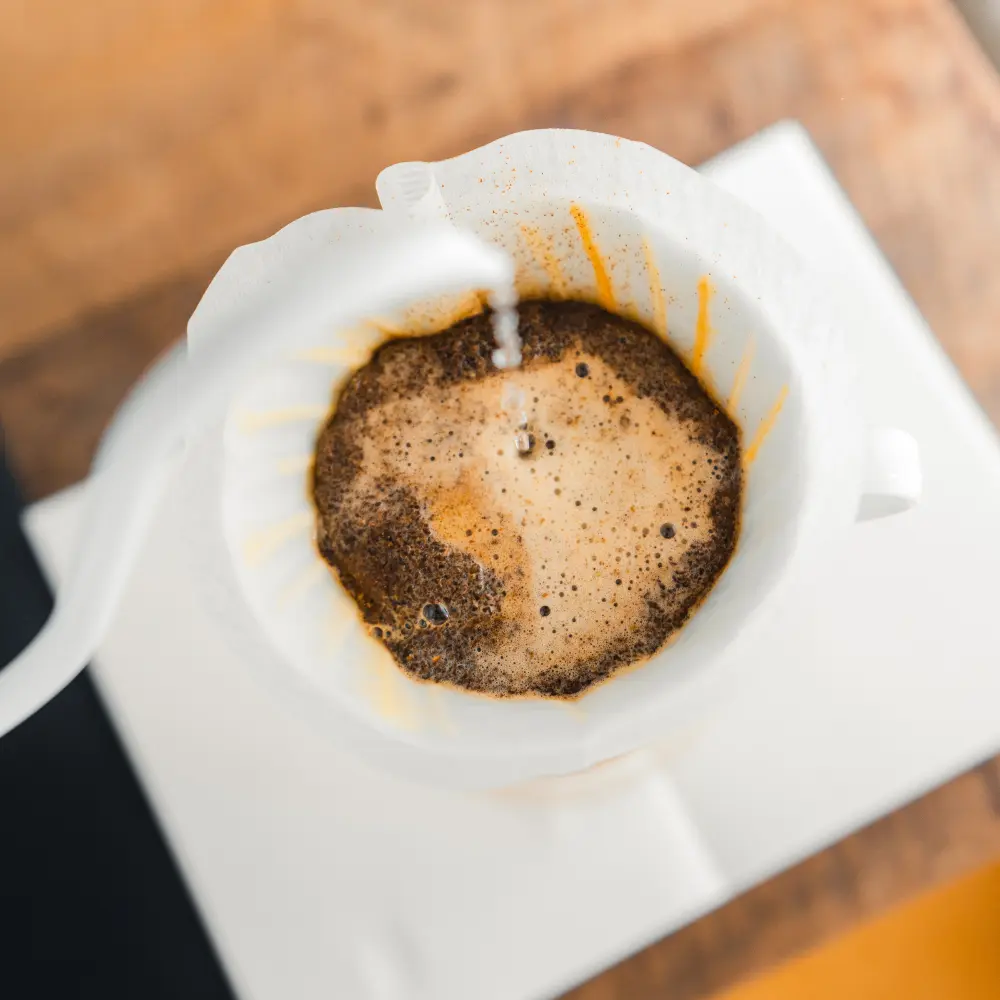
As discussed earlier, pour-over and drip-brew methods highlight the versatility of a medium grind. Both these brewing methods work by pouring hot water over the coffee grounds, which are held within a paper or metal filter. The water extracts the coffee flavors as it seeps through the grounds, then drips down into the carafe or cup.
Here’s a basic guide for brewing pour-over coffee:
- Place your medium-ground coffee in the filter. The general ratio is about 1 to 2 tablespoons of coffee per 6 ounces of water but adjust according to taste.
- Wet the grounds with a little hot water to allow the coffee to “bloom” – this is the coffee degassing, and it helps to enhance the flavor.
- Slowly pour the rest of your water over the grounds in a circular motion. The water should take about 3 to 4 minutes to pass through the coffee – adjust your grind size if it’s too slow or too fast.
Both pour-over and drip-brew methods offer a clean, nuanced cup of coffee that allows the characteristics of your coffee beans to shine. A medium grind provides the right balance of surface area for optimal extraction, resulting in a smooth, well-rounded brew.
By understanding how grind size influences different brewing methods, you can tailor your coffee routine to your personal tastes and make the most out of every cup.
A Guide to Buying and Storing Ground Coffee
Selecting the best coffee off the shelves or online is just the start of your coffee journey. Once you’ve picked your preferred blend, proper storage is crucial to maintain its flavor and aroma. This guide aims to provide useful tips on choosing and preserving ground coffee for a superior coffee experience.
How to Choose the Best Ground Coffee
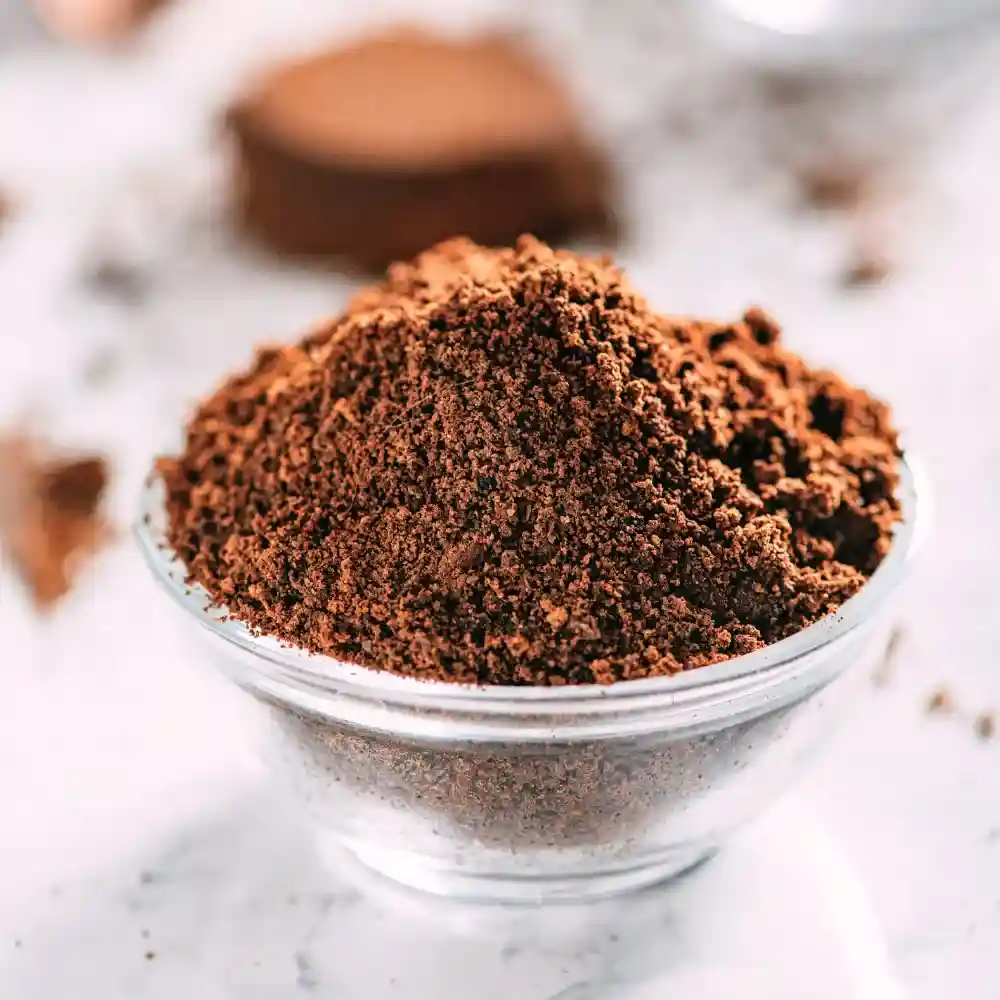
Selecting the best ground coffee involves more than just picking a popular brand or an enticing flavor profile. It’s about understanding your taste preferences, brewing method, and the coffee’s origin.
When shopping for this coffee:
- Consider your brewing method: As we’ve explored earlier, different brewing methods require different grind sizes. Ensure you choose a grind that matches your coffee maker.
- Check the roast date: Freshness is a key factor in coffee quality. Look for coffee with a recent roast date, as its flavors and aromas will be more vibrant.
- Look into the coffee’s origin: The origin of the coffee can give you a hint about its flavor profile. Beans from different regions have distinctive tastes due to varying climates, soils, and processing methods.
Remember that the “best” coffee is subjective, and the best ground coffee for you suits your palate and brewing style.
The Importance of Packaging in Ground Coffee

As discussed earlier, packaging plays a significant role in preserving the quality of coffee. Good packaging should protect the coffee from environmental factors such as light, air, and moisture, which can degrade the coffee’s flavor and aroma.
When buying ground coffee, look for packaging that features:
- Airtight seals: This helps to prevent the coffee from being exposed to air, preserving its freshness for longer.
- Opaque materials: Light can accelerate the deterioration of coffee. Opaque packaging helps to block out light, further preserving the coffee’s quality.
- One-way valves: These allow CO2 to escape from the bag without letting oxygen in. This is especially important for freshly roasted coffee, which continues to degas after roasting.
- Store in a cool, dark place: Excessive heat and light can degrade coffee quality. A pantry or cabinet away from appliances that generate heat is a suitable location.
- Avoid refrigeration or freezing if possible: While it might seem like a good idea, storing coffee in the fridge or freezer can introduce moisture, which is harmful to coffee. If you must freeze coffee, make sure it’s in an airtight, freezer-safe container and only take out what you need, returning the rest to the freezer quickly to avoid temperature fluctuations.
By selecting the right coffee and storing it correctly, you can ensure that each brew is as delicious as possible, truly capturing the essence of the bean.
The Advantages and Disadvantages of Ground Coffee
As with any coffee choice, ground coffee comes with its own set of pros and cons. Understanding these can help you make an informed decision about whether grounded coffee is the right choice for your coffee journey.
The Convenience and Consistency of Ground Coffee
One of the main attractions of grounded coffee is its convenience.
Advantages include:
- Ease of use: This coffee is ready to brew as soon as you open the bag, saving time and eliminating the need for additional equipment.
- Consistency: With pre-ground coffee, the grind size is consistent, which can contribute to a more reliable extraction and flavor profile.
However, this convenience can come at a cost:
- Limited freshness: Once the coffee is ground, it begins to lose flavor and aroma due to exposure to oxygen. This means that ground coffee won’t stay fresh for as long as whole beans.
- Less control over grind size: With pre-ground coffee, you’re locked into the grind size chosen by the manufacturer, which might not be ideal for all brewing methods.
Understanding the Trade-Offs of Ground Coffee
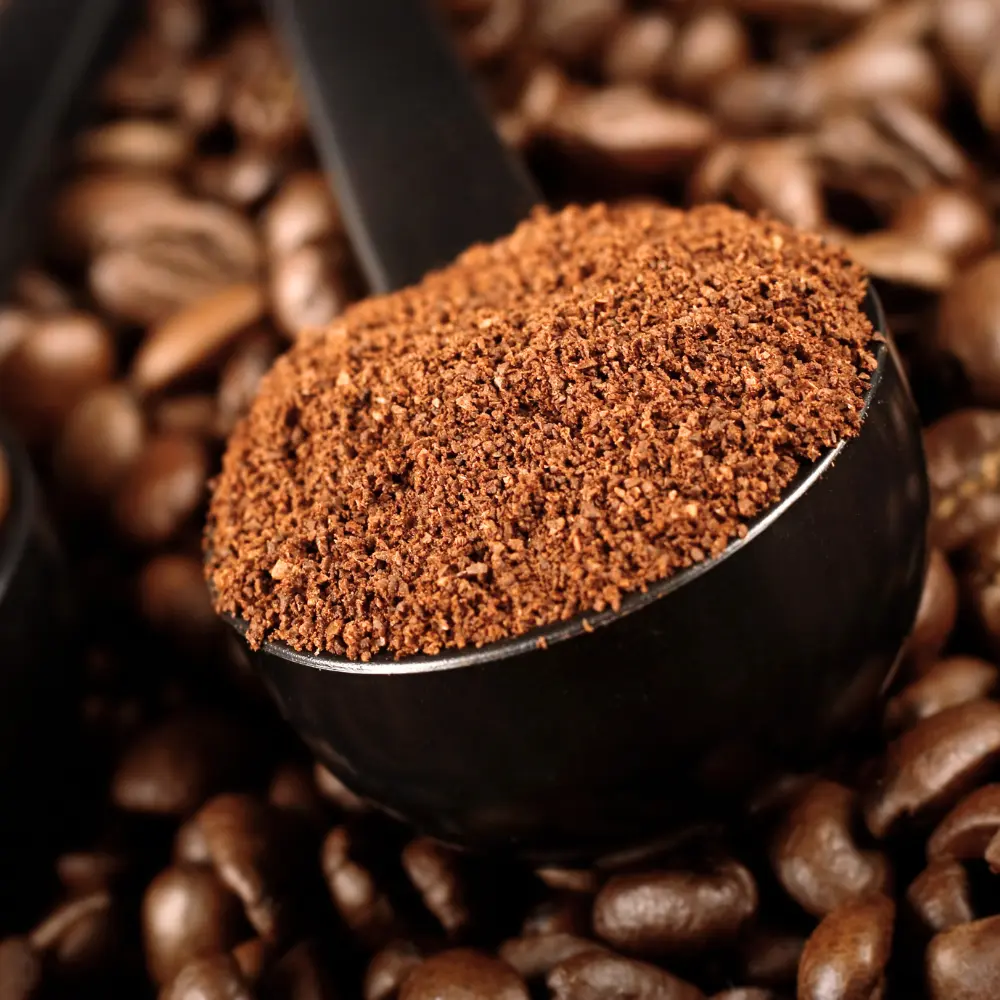
Choosing grounded coffee involves balancing the trade-offs between convenience and optimal freshness.
To enjoy the benefits of ground coffee while minimizing the downsides:
- Purchase in small quantities: This can help ensure that you’re always using relatively fresh coffee.
- Store properly: As discussed earlier, storing your coffee in a cool, dark place in an airtight container can significantly extend its shelf life.
- Know your brew: Ensure you’re buying the correct grind size for your preferred brewing method to maximize flavor extraction.
By understanding the advantages and drawbacks of ground coffee, you can make the choice that best suits your lifestyle, tastes, and coffee brewing habits.
Rising Stars in the Ground Coffee Universe
As coffee lovers, we’re privileged to have an abundance of ground coffee brands that cater to our diverse tastes and brewing styles. Here’s a spotlight on some of the brands that are leading the pack in providing exceptional coffee experiences.
Savor the Rich Symphony of Starbucks Ground Coffee

The Starbucks name is synonymous with coffee for a good reason. With every bag of their Caffè Verona dark roast ground coffee, you’re getting a taste of premium quality.
- Sophisticated Blends: Starbucks’ Caffè Verona is a well-structured dark roast blend that tantalizes your palate with notes of dark cocoa and caramelized sugar.
- Uncompromising Quality: Starbucks uses 100% carefully roasted arabica beans, providing you with a fresh taste similar to what you’d experience in their cafes.
- Ethically Sourced: In partnership with Conservation International, Starbucks is committed to ethical coffee sourcing, underlining its respect for both producers and the environment.
Tim Hortons: Capturing the Heart of Canada in Each Brew
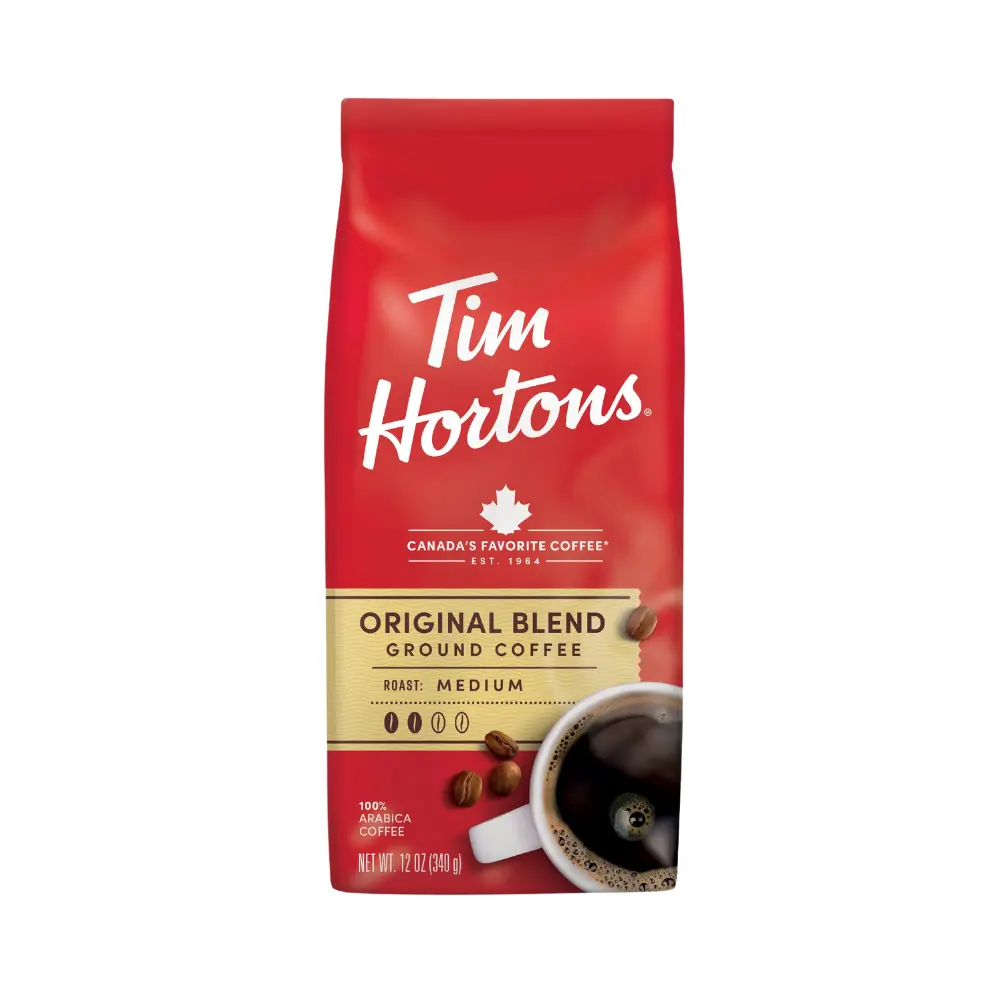
With a reputation forged over 50 years, Tim Hortons brings a slice of Canadian coffee tradition into your cup.
- Signature Blend: Their original blend coffee, a perfectly balanced medium roast with a smooth finish, has been a consistent favorite.
- Versatile Brew: Suitable for automatic coffee makers, French press, pour-over, and even cold brew – Tim Hortons caters to every coffee enthusiast.
- Quality Beans: Committed to the finest brew, Tim Hortons only uses 100% Arabica beans sourced from premier Central and South American regions.
| Preview | Product | |
|---|---|---|

|
Tim Hortons Original Blend, Medium Roast Ground Coffee, Canada’s Favorite Coffee, Made with 100%… | See on Amazon |

|
Tim Hortons Coarse Grind Original Blend 300g | See on Amazon |
Death Wish Coffee: A Roaring Call to Awake

For those seeking a jolt of energy, Death Wish Coffee’s dark roast ground coffee delivers a bold flavor that will awaken your senses.
- Intense Flavor: This coffee boasts a blend of premium arabica and robusta beans that result in a rich, intense dark roast with notes of dark chocolate and black cherry.
- Smooth Brew: Despite its strong flavor, Death Wish Coffee is low in acid and smooth on the palate.
- Risk-Free Promise: Death Wish Coffee is confident you’ll love their coffee, offering a risk-free guarantee.
Kauai Hawaiian Ground Coffee: Taste the Aloha Spirit
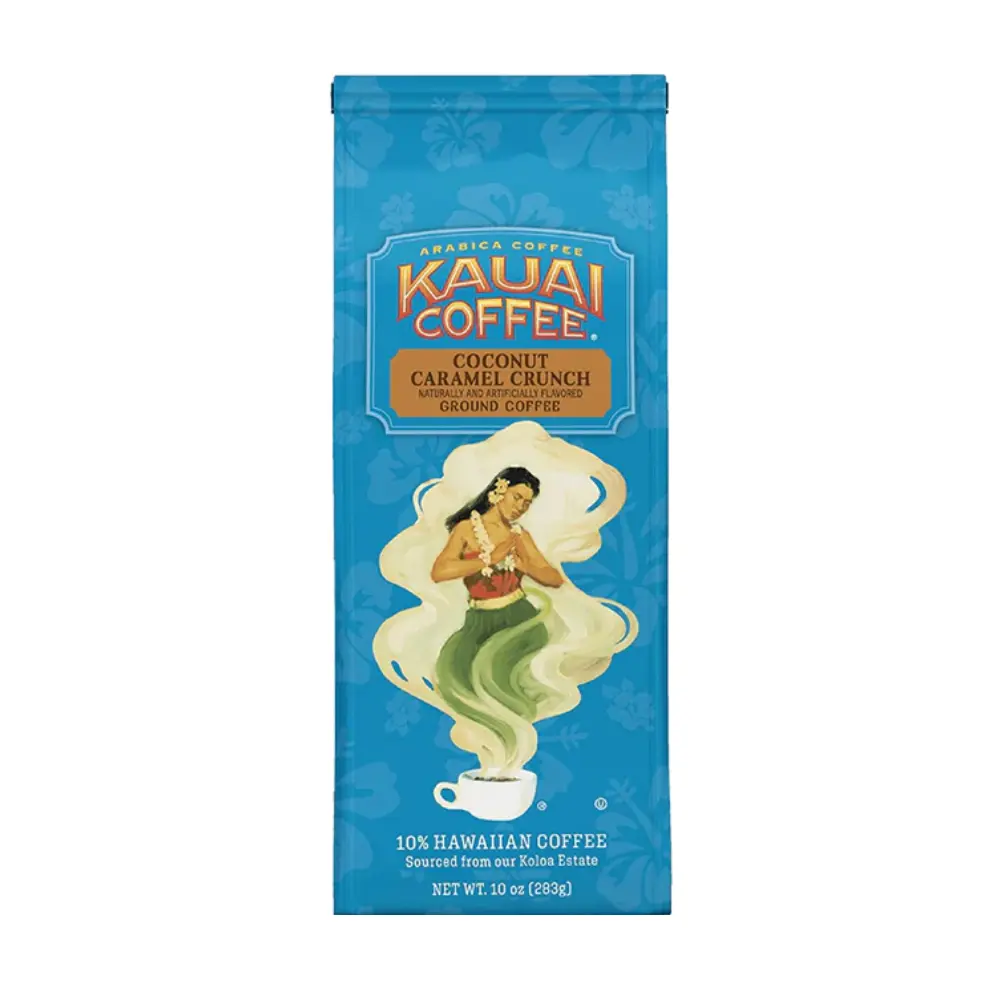
Immerse yourself in the tropical paradise of Hawaii with each cup of Kauai Hawaiian Ground Coffee.
- Quality Arabica Beans: Kauai Coffee delivers a smooth, delightful coffee made with Arabica beans for a truly satisfying experience.
- Medium Roast Excellence: Their Koloa Estate Medium Roast coffee exudes a bright aroma with light floral notes.
- Sustainability: Kauai Coffee practices sustainable farming throughout their process, from cultivation to roasting and packaging.
| Preview | Product | |
|---|---|---|

|
Kauai Coffee Ground Coffee – Smooth, Rich, Medium Roast – Chocolate Flavor and Nutty Aroma –… | See on Amazon |

|
Kauai Coffee Co. Single Origin Dark Roast Ground Coffee 7 Oz. | See on Amazon |
Eight O’Clock Coffee: A Century of Coffee Mastery
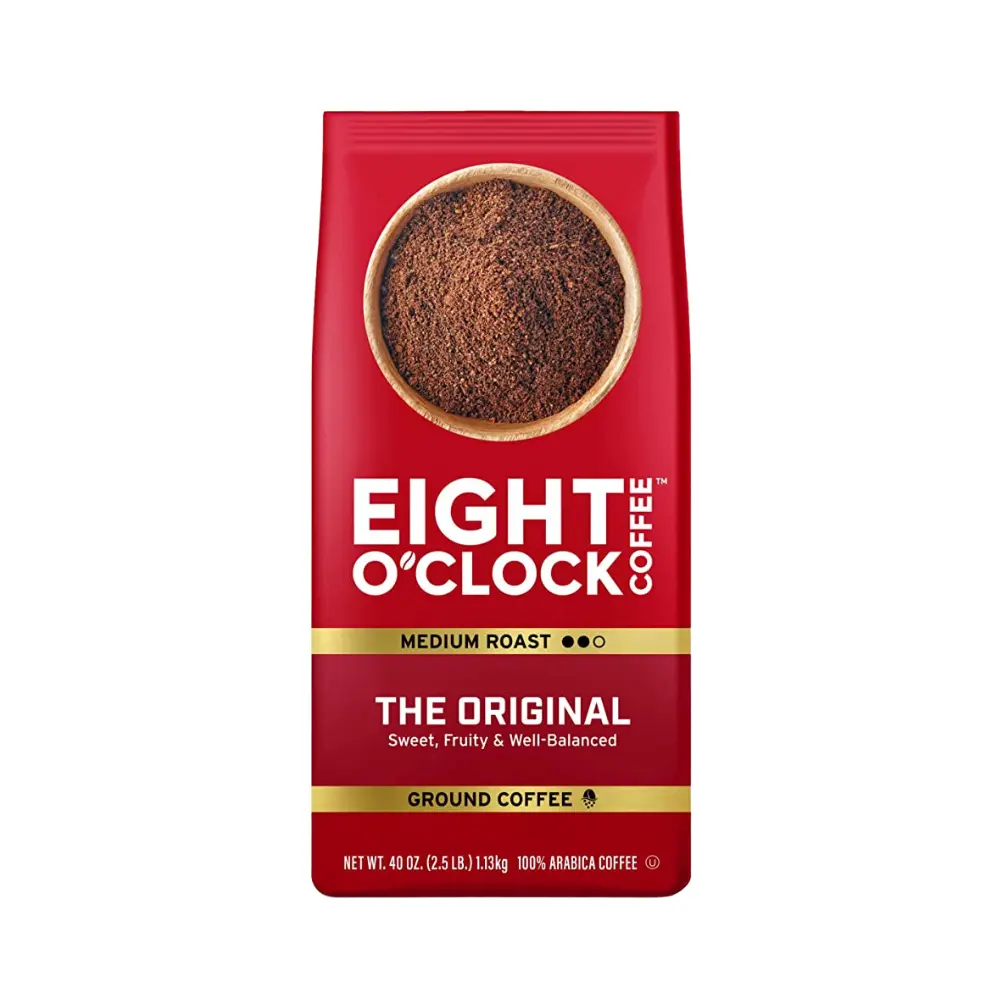
Eight O’Clock Coffee has been tantalizing taste buds for over 100 years, a testament to its commitment to great-tasting coffee.
- Intense Espresso Experience: Their true espresso dark roast, ground extra fine, gives a strong aroma and flavors of chocolate and caramel in a bold, full-bodied finish.
- Quality Assurance: All of Eight O’Clock’s coffee is made from 100% Arabica beans, ensuring premium quality and taste.
- Environmentally Friendly: Through partnerships with coffee organizations, Eight O’Clock Coffee supports the coffee farming community, intending to improve the quality of life for all involved in the coffee supply chain.
Conclusion
As we’ve traversed the flavorful journey of understanding “what is ground coffee,” it’s clear that there’s more to this daily staple than meets the eye. This beverage has intricately woven its way through the tapestry of history, impacting our cultures, societies, and, indeed, our mornings.
Understanding the different grind sizes, the art of brewing, the science behind the bean-to-cup transformation, and the optimal ways of storing grounded coffee can significantly enhance your coffee-drinking experience. Furthermore, your knowledge about the advantages and disadvantages of ground coffee, along with the best brands available in the market, will help you make more informed decisions and further elevate your daily cup of Joe.
So next time you measure out how much coffee grounds for 12 cups, or just a single serving, take a moment to appreciate the rich heritage, expertise, and craftsmanship that has gone into creating that fragrant mound of grounded coffee. Let’s continue to explore, learn, and most importantly, savor each sip. Happy brewing!
FAQ
How does grind size affect the taste of coffee?
The grind size influences the extraction rate of coffee flavors; finer grinds result in more extraction and a stronger taste, while coarser grinds lead to less extraction and a lighter flavor.
What's the history behind the use of ground coffee?
The use of this coffee dates back centuries, beginning in ancient coffee cultures and evolving through different grinding techniques until the creation of modern-day grinders.
How does the brewing method influence the choice of ground coffee?
Each brewing method requires a specific grind size; for instance, a French press requires a coarse grind, espresso requires a fine grind, while drip brewing methods work best with a medium grind.
What is the best way to store ground coffee?
The best way to store this coffee is in an airtight container placed in a cool, dark place, away from light, heat, and moisture to preserve its freshness and flavor.









